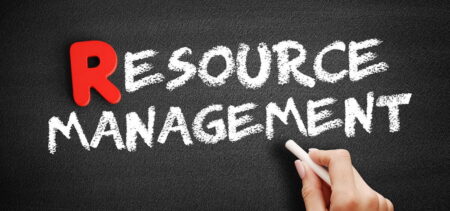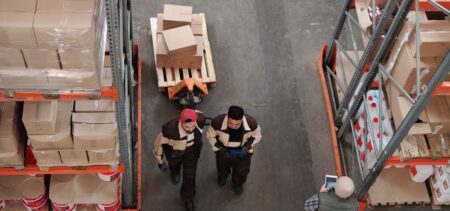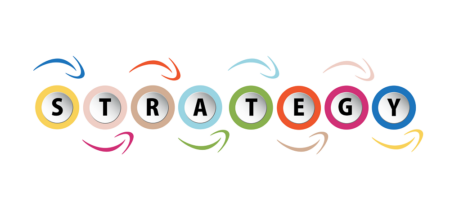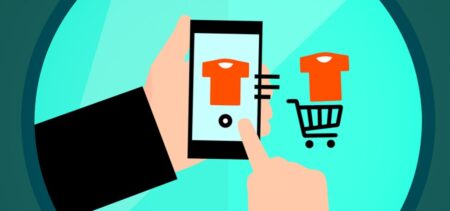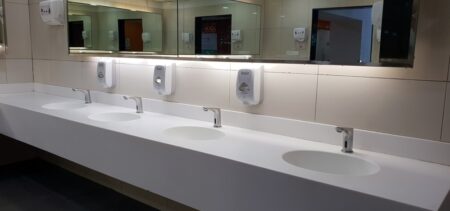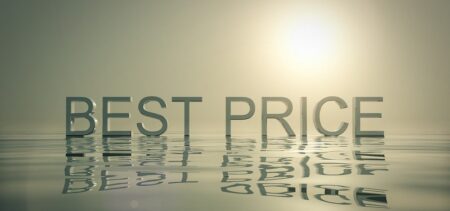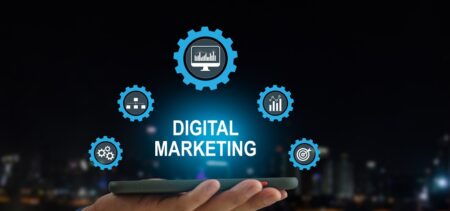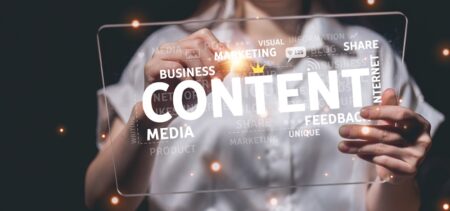Consumer Goods companies continue to wrestle with both growth challenges from a shifting retail landscape and increased competition. This is in addition to a historically mature segment hesitant to move away from stale approaches such as manual data consolidation and redundant planning processes. To combat this, many companies are leveraging predictive analytics to gain actionable insight into their business.
The caveat, however, is that predictive analytics can only be transformative if it is integrated appropriately into business practices and tied to quantifiable results.
In practice, this is not happening in many organizations. According to the Wall Street Journal post Analytics: Five Skills to Help Finance Soar, “Only 13.3% [of surveyed finance professionals] are pursuing the full complement of descriptive, prescriptive and predictive analytics, while nearly three times as many (34.9%) indicated that they do not even know which forms of analytics their companies have adopted.”
This means there is a significant gap between desire and execution. One area ripe for analytical intervention is in-store promotions. CPG companies manage a trade investment averaging more than 23% of annual revenue on spreadsheets that leave little or no ability to quantify the result of a promotion, or use this insight to inform future planning. However, the availability of comprehensive analytics and predictive modeling capabilities provide the opportunity for organizations to harness raw data intelligence, while simplifying the compilation, analysis and predictive planning necessary to quantify and optimize trade investment ROI.
Of course, to take advantage of these predictive opportunities to create new realities, companies need to remember these things:
Know what you don’t know
Traditionally, CPG companies have faced a divide between the information they plan with and the performance analytics from completed promotional events. This limits a company to only a transactional management of trade promotions accounting. Bringing together the intelligence from real-time, post-event analysis with the modeling capabilities of predictive analytics aligns the performance metrics with future plans, shifting the focus from management to accuracy and growth.
Organize your data so it works for you
This starts with data harmonization as the core of any effective analytics and optimization initiative. Barriers between POS, shipment and spending data can overstate base volume and make it impossible to calculate the ROI of promotions. Harmonizing this data as part of building a post-event intelligence center allows for not only the calculation of promotional lift and ROI, but also the ability to see planned vs actual and other key metrics. This same process creates accurate lift coefficients used to build the predictive lifts that inform future planning.
Employ meaningful metrics
As a result, important metrics that were formerly unknown or took too long to calculate to make any impact become guide posts for your trade investment. With this, companies can predictively calculate planned ROI, profit, volume, and revenue for their organization and their retail partners prior to execution. In doing so, they can align corporate objectives, budget considerations and retailer expectations to reduce unprofitable strategies.
Use what you now know to improve
While much of the fear of the unknown when it comes to trade promotion planning is eliminated by adopting predictive analytics, it is still easy to fall into the cycle of putting in the same plans as the year before, especially if they are even a little successful. The problem with this is that today’s CPG company relies on revenue management for sustainable growth, and what worked last time may not work next time. For continued success and the ability to adapt to changes internally and with retail partners, companies need to harness the power of analytics to optimize to specific constraints.
For the first time, predictive analytics allows companies to create events and annual customer plans in consideration of manufacturer and retailer constraints – such as minimum profit margin, always promote together, never promote together, etc. – instead of revising existing plans to meet these requirements. With this functionality, the user defines the constraints, and the predictive models determine the optimal promotional scenario within those constraints.
In this way, when done correctly, predictive analytics not only provides companies with new intelligence, but also empowers organizations to move from insight to action with predictable and quantifiable results.
Winning the analytics race
It is not just today’s CIOs and other executives trying to stay ahead of the competition with advanced analytics. With predictions of the shrinking center store and the inevitable price cutting of competition, many predict that retailers who are adopting their own analytics solutions will drive consumer goods companies to meet their constraints. Those manufacturers that come to the table with their own data-driven opportunities increase the probability of building a collaborative partnership based on mutual benefit.
To explore how Best-in-Class retailers’ focus on customer service is driving their technology strategy, check out this extensive research report by Aberdeen’s Derek Brink.
 Terry Ziegler is CEO of T-Pro Solutions
Terry Ziegler is CEO of T-Pro Solutions
The post Predictive Analytics Raises Expectations for Profitable In-Store Promotions appeared first on Aberdeen Essentials.








